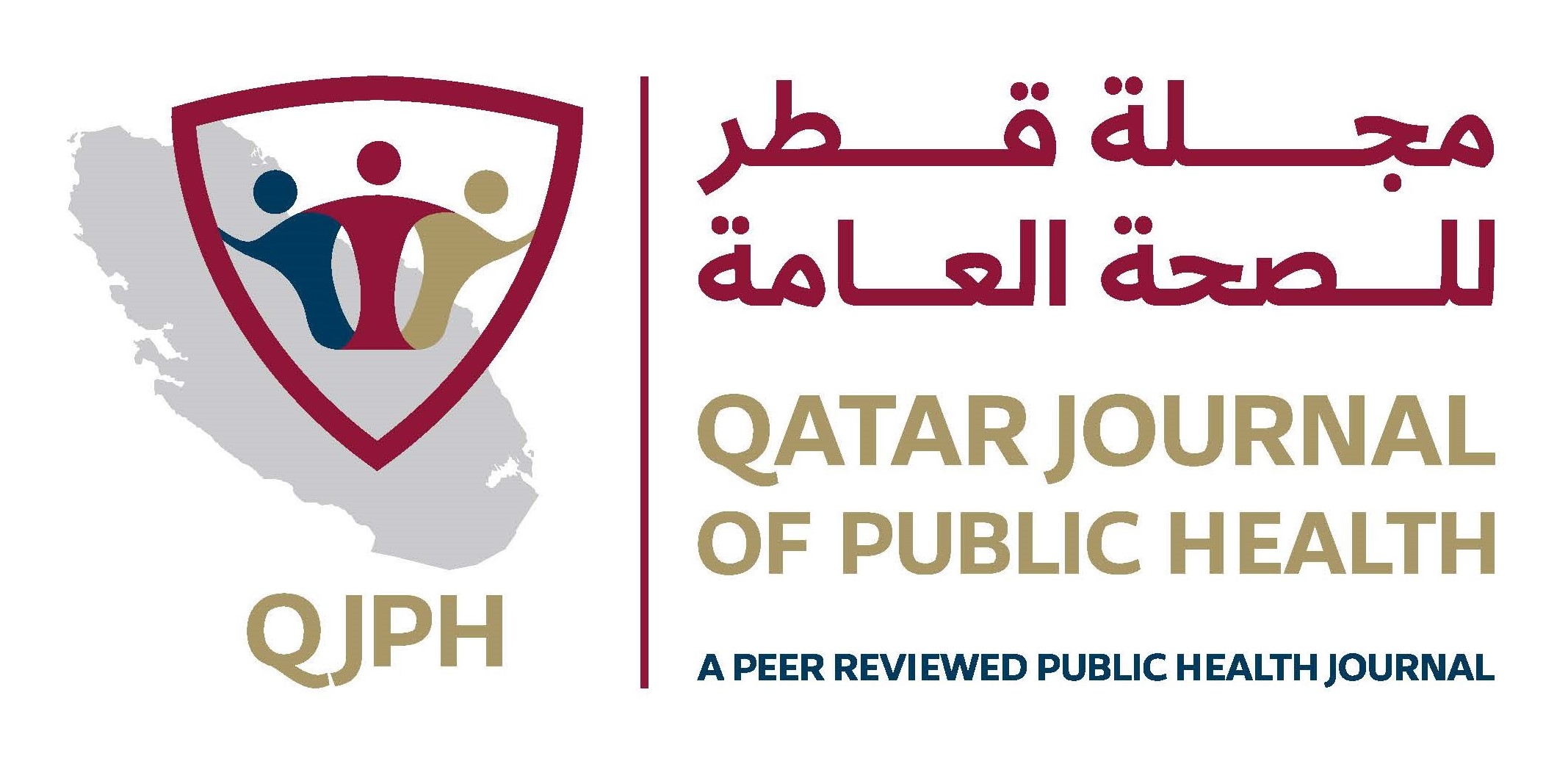-
oa Assessment of Microbial Air Quality of Antenatal and Postnatal Wards of Four Major Hospitals in Ondo State Nigeria
- Source: Qatar Journal of Public Health, Volume 2023, Issue 1, Nov 2023, 3
-
- 07 June 2023
- 15 June 2023
- 17 August 2023
Abstract
The air microbial load and antibiotic susceptibility of microorganisms obtained from antenatal and postnatal wards of four major hospitals in Ondo State, Nigeria were assessed. The microbial load of each ward was determined by the passive settle plate method. The bacterial and fungal isolates obtained were identified based on cultural, morphological, and biochemical characteristics. The following microorganisms were tentatively identified: Proteus spp, Serratia marcescens, Staphylococcus aureus, Staphylococcus epidermidis, Streptococcus spp, Micrococcus luteus, Pseudomonas spp, Bacillus subtillis, Bacillus cereus, Aspergillus spp, Penicillium notatum, Cladosporium spp, Mucor spp and Articulospora inflata. The bacteria that had the highest percentage occurrence (28.50%) were Bacillus subtillis and Staphylococcus aureus, while the least occurrence was recorded for Serratia marcescens (2.38%). Among the fungi, Penicillium notatum had the highest occurrence (44.70%), while Articulospora inflata (1.18%) had the lowest occurrence. The result of the antibiotic sensitivity pattern of the isolates showed that all the bacteria were susceptible to the commercial antibiotics except Serratia marcescens which were resistant to all the tested antibiotics. It is well known that life-threatening infections can be acquired from the hospitals, hence, it is recommended that improved hygienic procedures be put in place in these hospitals to reduce the occurrence of these microorganisms in antenatal and postnatal wards.


